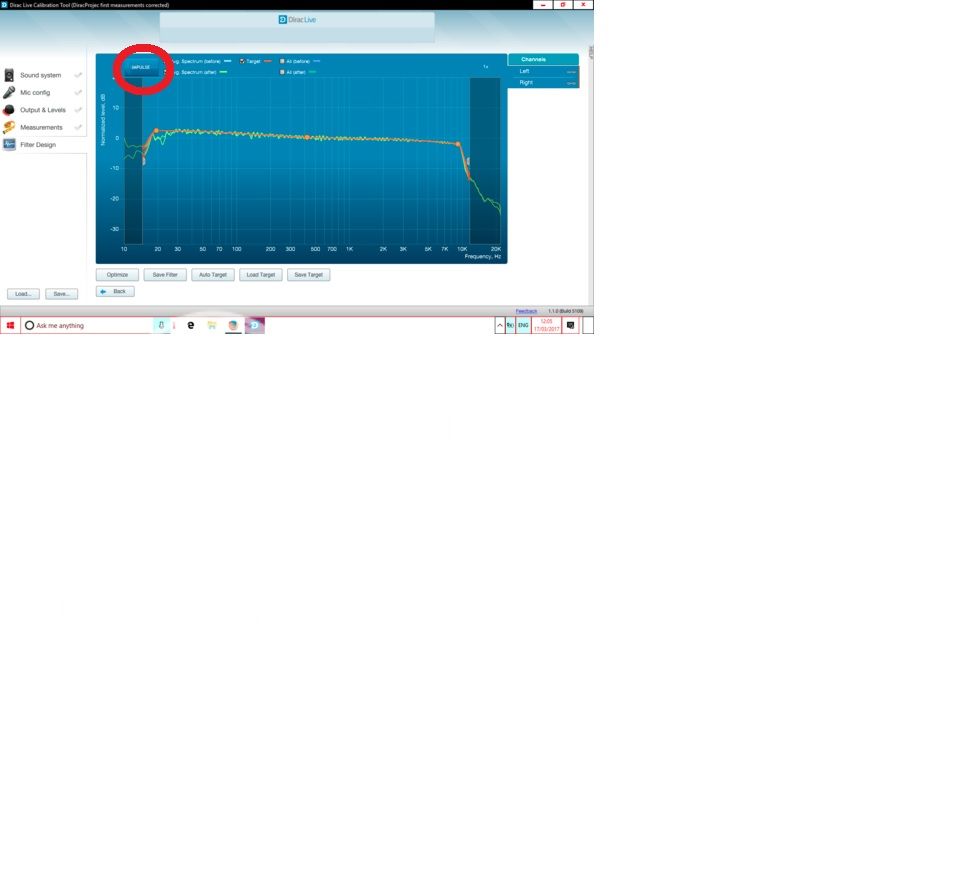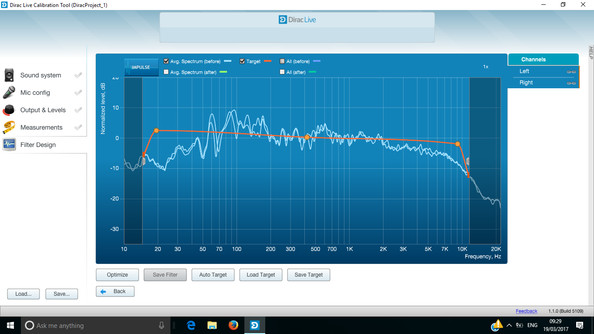- Nov 6, 2011
- 72
- 0
- 0
shadders said:Hi Luckylion,luckylion100 said:Forgive my ignorance because currently I'm off work drugged up to the eye balls on pain killers and other meds but I don't follow your statement quoted below. I'm assuming I'm missing something really obvious here.
"A cable makes NO change to the signal apart from reducing the volume (insignificantly), exactly the same reduction at ALL frequencies. There is NO signal mangling at all."
Are we talking cables?
Yes - it was just an observation. You indicated that the DSP may be snake oil - but it is not - there is a vast amount of engineering science or maths that needs to be understood for the software to achieve the results it does.
For a cable - nothing at all - it is a bit of wire.
For me - it is understandable, and also bemusing that people consider both the Dirac and cables in the same manner with regards to potential impact on sound. Just an observation.
Regards,
Shadders.
Room correction is something I've rarely given thought to, simply because of my own circumstances i.e living in rented accomodation, moving around etc. I assumed room treatment was an absolute must and I'm sure it is if you're doing it properly... which I'm not (yet)
Gazzip's thread was thoroughly interesting and as I stated earlier, I thought if it is capable of making a fairly noticable improvement to a system such as his then what could it do to my modest, 'non excellent' set up.
As for cables, I'm not getting involved . I get enough grief on here based on speakers! ;-)
Thanks for clarifying, as i said I'm a little slow of late.






